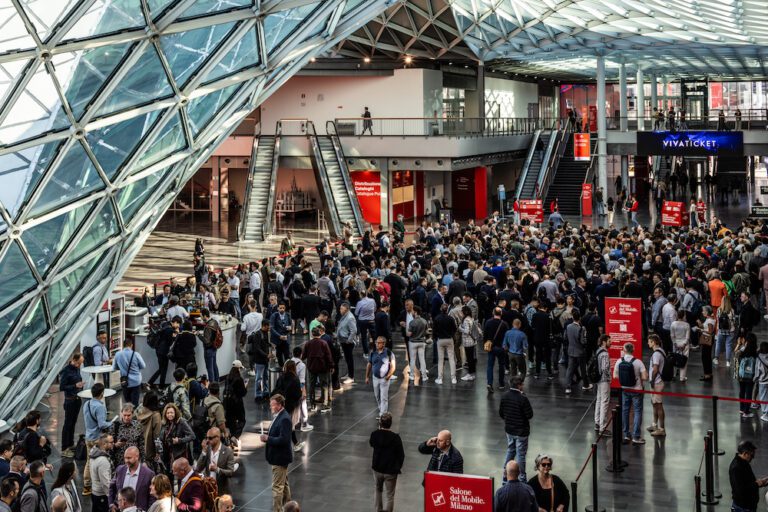Spurred on by the need to respond to our ever-changing world, we asked experts to look into the future and talk about what life will be like in the coming years. What can we do about problems with pollution, congestion and the environment? What will we eat? Where will we live?
Here, leading practitioners from Lincoln University, Christchurch talk about where their research will take us.
FUTURE BUILDINGS
What will our homes and commercial buildings be like in the future? One thing for sure is there will be more of us in less space and, hopefully, more of a focus on the street environment.
Dr Silvia Tavares from Lincoln University’s School of Landscape Architecture says architecture evolves with time as well as cultural and environmental pressures. In recent years, she says, there has been more of a focus on sustainability and responding to climate change.
New commercial buildings are being constructed with bioclimatic design in mind, which means, “We use as much as we have available to us in terms of renewable resources and the Earth’s resources – like using the sun to heat the building and wind to cool it,” explains Tavares.
Commercial buildings are also turning out to the street rather than having solid walls facing pedestrians.
“There is a need, especially in the centre of cities, to use the whole site up to the footpath and have what we call ‘active frontages’, which means on the ground floor you have people coming in and out through a café or a shop, so the city helps promote the city life.
“The message is getting there. Ground floors are not completely closed, as they used to be, nor are they occupied by parking as they used to be.”
The shift in mindset is taking longer to have an impact on residential buildings.
“It is changing and we need to change. We need to increase density – we don’t have enough people in the same place and that makes it harder for businesses, harder for street life, harder for transportation, harder for public transportation, harder for mobility.”
SUSTAINABLE CITY PLANNING
The more a city grows the more pressure there is on both the built and natural environment, Tavares explains.
There is also a need to plan based on the city’s weather. Many cities have large tracts of land that are fairly uninhabitable for large parts of the year due to prevailing weather conditions, Tavares explains.
“We need people in the streets. If we don’t have people in the streets we won’t have sustainable business. We need enough people walking and seeing shop displays and cafes, and deciding to buy a coffee instead of jumping in their car.”
The only way to do that, though, is if people can comfortably be in an urban space designed for the local weather.
Tavares says in Christchurch, for example, the climate is dominated by the wind, with a northwesterly airflow bringing warm weather and a constant easterly bringing strong, cold winds. Much of the city was planned in a grid, which means streets that face east/west channel the wind, creating undesirable areas for pedestrians.
Tavares says you cannot simply plan a city that looks good on paper and expect people to come. Future planning needs to take such things into account, making cities more suited to the environment and to the people who live there.
FUTURE FOOD
Each year, one third of the food produced for human consumption is lost or wasted – that’s a mindboggling 1.3 billion tonnes of food.
Food shortages and waste are some of the biggest issues facing humankind. According to Associate Professor James Morton, from Lincoln University’s Faculty of Agriculture and Life Sciences, reducing food waste is the logical first step in meeting the needs of a growing world population.
“Reducing waste and getting the best use out of what we produce makes far more sense than trying to increase food. Producing more food through agriculture has consequences for the environment. At the moment we are taking more out than we’re putting back in. It’s not sustainable and we’re losing arable land.”
Developing countries are most affected by food loss during production and food shortages, with 795 million people estimated to be chronically undernourished. Meanwhile, developed countries are faced with massive food waste at the retail stage and the point of consumption while dealing with an obesity epidemic, which affects about 600 million adults.
Morton says there is no “simple solution”, but there are steps we can take, including minimising loss in the production process.
Both individuals and organisations need to be more aware of food waste and do their best to reduce their contribution. Consumers can make informed decisions about their purchases and how much they actually need so they can reduce the waste they produce, while organisations are coming up with creative ways to reduce landfill waste while helping those in need.









